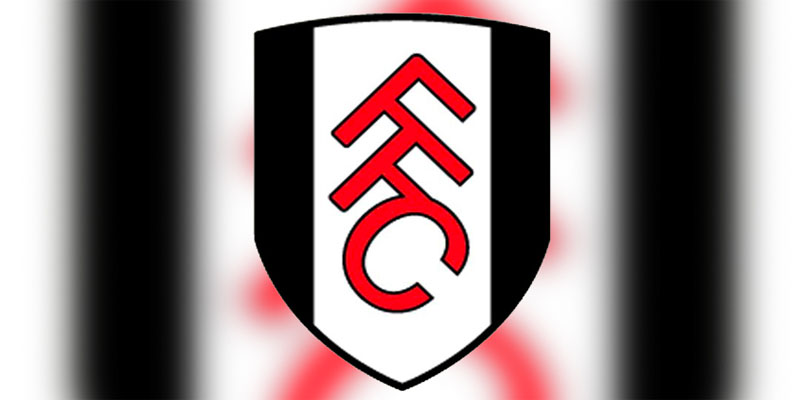Fulham Football Club is a professional football club based in Fulham, London. The club’s rich history, passionate fan base, and commitment to the ABC8 sport make it an integral part of the English football landscape. This article delves deep into the story of Fulham Football Club, exploring its origins, achievements, challenges, and relationship with its fans
Introduction to Fulham Football Club
Football has always been more than just a game in England; it’s a way of life. Among the myriad clubs that dot the landscape of English football, Fulham Football Club stands out not only for its historical significance but also for its charming presence in the Premier League. Founded in 1879, Fulham FC holds the distinction of being the oldest professional football club in London. Nestled along the banks of the River Thames, Craven Cottage serves as the heart of this storied club, where generations of fans have come together to support their team.
The journey of Fulham FC is marked by ups and downs, moments of glory, and periods of struggle. Yet, through it all, the club has maintained a unique identity characterized by resilience, community spirit, and a love for the beautiful game. In this comprehensive overview, we will explore the history and development of Fulham Football Club, key achievements throughout its existence, the recent progress made by the team, and its role in the ever-competitive environment of the Premier League.
History and Development of Fulham Football Club
Fulham Football Club’s inception dates back to a local church’s desire to create a football team in the late 19th century. The club was first established as Fulham St. Andrew’s Church Sunday School FC before assuming its current name a year later. Its early years were spent playing friendly matches and participating in local leagues.
As the popularity of football surged in England, Fulham began to establish itself within the broader framework of the game. The club joined the Southern League in 1898, which marked its entry into organized football. In those formative years, the team experienced both triumphs and difficulties, including a significant period of instability due to financial constraints and changes in management.
The turn of the 20th century proved to be a pivotal moment for Fulham FC. The club was elected to join the Football League in 1907, solidifying its place in the English football hierarchy. Despite facing relegation in the years that followed, the passion for the game continued to grow, reflected through robust fan engagement and community ties.
Over the decades, Fulham FC attracted notable players and managers who contributed to shaping its legacy. Names like Johnny Haynes, known as ‘Mr. Fulham,’ etched themselves into the annals of club history as icons of the game. Haynes was the first player to earn £100 a week and became a symbol of progress for aspiring footballers.
In the mid-20th century, Fulham experienced fluctuating fortunes, oscillating between the First and Second Divisions. However, it wasn’t until the 1970s that the club reached new heights, under the management of legendary figure Bobby Robson. The introduction of influential players such as George Best brought flair and excitement to Craven Cottage and helped raise the club’s profile on a national scale.
The Evolution of Craven Cottage
Craven Cottage has been the home of Fulham FC since 1896. This iconic stadium, with its picturesque location alongside the River Thames, boasts a rich architectural heritage that has evolved over time. The addition of modern facilities, including hospitality suites and improved seating arrangements, reflects the club’s ambition to provide a better experience for its supporters while retaining the charm of its traditional roots.
The cottage itself, a Victorian structure, has become synonymous with the club’s identity and has witnessed countless memories, from exhilarating victories to heartbreaking defeats. The famous ‘Hammersmith End’ continues to reverberate with the cheers of loyal fans, creating an electrifying atmosphere on match days.
The evolution of Craven Cottage also mirrors the trajectory of Fulham FC; the club has continually sought improvements while respecting its heritage. Major renovations have taken place over the years, ensuring that the stadium meets the demands of modern football while remaining a cherished landmark for the local community.
Conclusion
Fulham Football Club is more than just a football team; it embodies a rich tapestry of history, culture, and community spirit. From its humble beginnings to its present-day challenges and aspirations, Fulham FC illustrates the enduring power of football as a source of joy, excitement, and unity.
